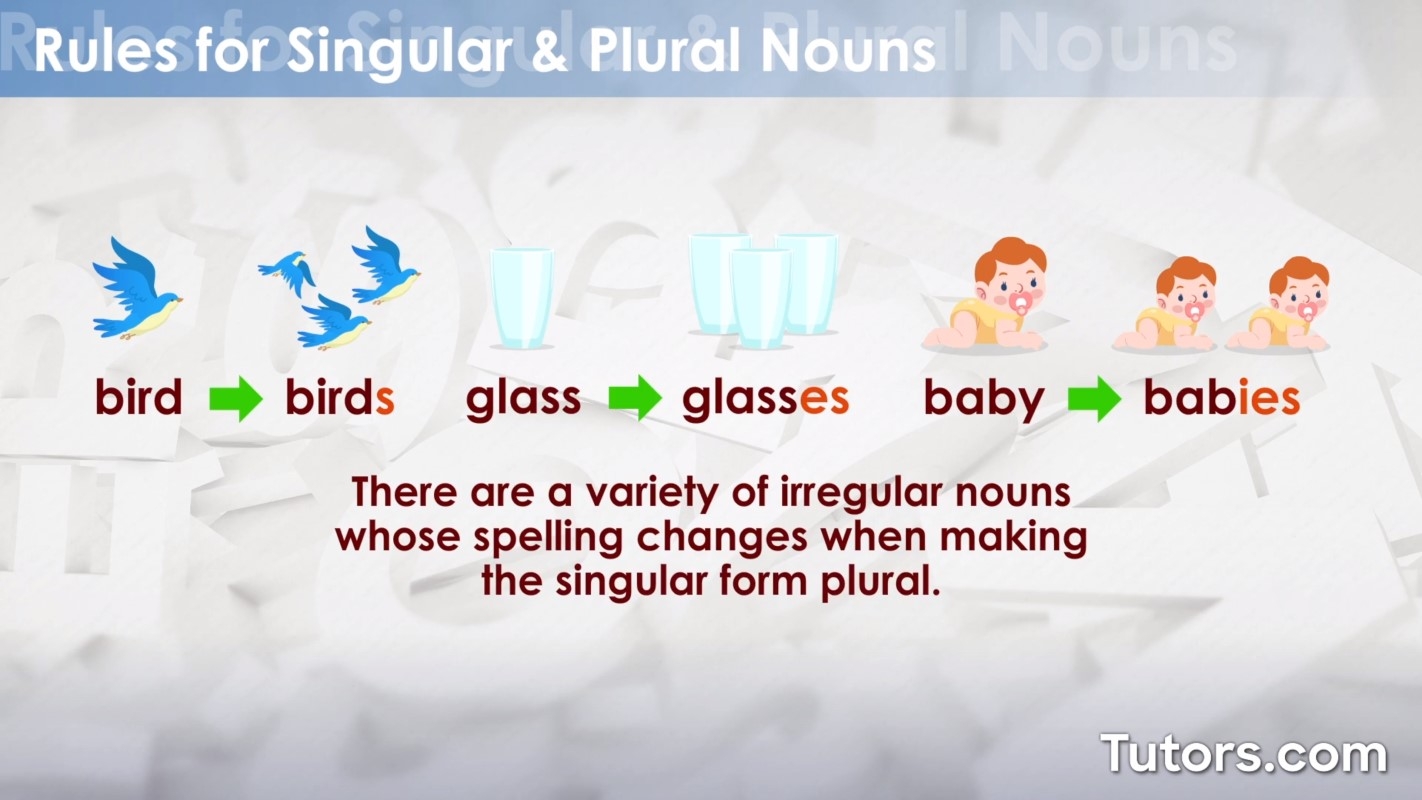Plural noun spelling can sometimes be tricky for English learners. Understanding the rules and patterns for forming plurals is essential for mastering the language. By following some simple guidelines, you can improve your writing and communication skills.
One of the basic rules for plural noun spelling is adding “s” or “es” to the end of a singular noun. For example, “book” becomes “books,” and “box” becomes “boxes.” However, there are exceptions to this rule, such as nouns ending in “s,” “x,” “z,” “ch,” or “sh,” which require adding “es” instead of just “s.”
Irregular Plural Nouns
Some plural nouns do not follow the standard rules for forming plurals. These irregular plurals must be memorized to avoid errors in writing. For instance, “child” becomes “children,” “foot” becomes “feet,” and “man” becomes “men.” It is important to familiarize yourself with these irregular forms to use them correctly in sentences.
Another aspect of plural noun spelling is knowing when to change the spelling of the noun itself. For nouns ending in “y,” if the letter before the “y” is a consonant, change the “y” to “i” and add “es.” For example, “baby” becomes “babies.” However, if the letter before the “y” is a vowel, simply add “s” to form the plural, as in “key” becoming “keys.”
Compound nouns, which are made up of two or more words, also have specific rules for forming plurals. In most cases, the plural is formed by adding “s” to the main word in the compound noun. For example, “mother-in-law” becomes “mothers-in-law” in the plural form. However, there are exceptions to this rule, so it is important to consult a dictionary for guidance.
In conclusion, mastering plural noun spelling is an important aspect of becoming proficient in English writing and communication. By understanding the rules and patterns for forming plurals, you can avoid common mistakes and improve the clarity and accuracy of your writing. Practice using plural nouns in sentences to reinforce your learning and enhance your language skills.
